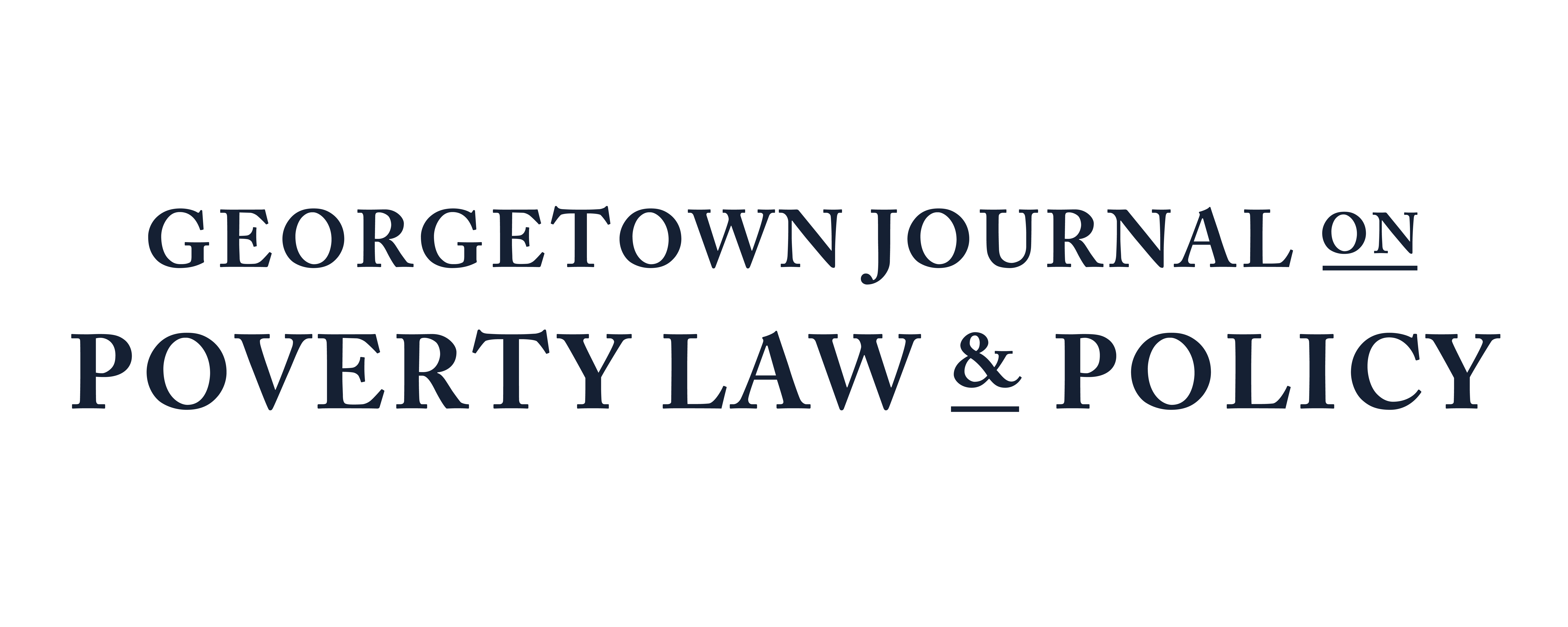Recharging America
October 17, 2025 by Matt Price
History does not exactly repeat itself, but the present often gets its cue from the past. See if this sounds familiar: utility bills on the rise with no end in sight, electricity being syphoned off and prioritized in select areas of the grid, and access to electricity being largely determined with profits front-of-mind. While these issues may ring true for a modern reader, a person living in rural America 100 years ago would likely say the same thing.
So far in 2025, electricity prices have rocketed up at more than twice the rate of inflation.[1] The leading cause of these increased prices for consumers (as well as a tighter energy supply) are Big Tech’s data centers’ electricity consumption.[2] These data centers — built by companies like Amazon, Google, Meta, and Microsoft — demand high electricity inputs and receive disproportionate attention from utilities, to the detriment of other customers.[3] Yet it is the ordinary consumer who bears the cost of data centers’ heightened strain on the grid through rising utility bills.[4] Because of these added costs, almost twenty-five percent of U.S. households, and one-third of homes with children, were unable to afford their energy costs over the summer in 2024.[5] To pay for energy bills, thirty-four percent of households cut back on other necessities like medicine or food.[6] These increases are expected to continue through 2026, thereby threatening access to electricity for many Americans for the foreseeable future.[7]
The problems of out-of-control electricity prices and limited access to energy for Americans, however, already have solutions. In the early twentieth century, as the United States began to electrify, the for-profit companies that provided electricity in urban areas refused to provide that same service to rural areas because immediate profits were too low to justify the construction costs.[8] This left rural communities disconnected from the rising standards of living in urban settings.[9] For the rural areas that did receive electricity, residents had to finance the power-infrastructure themselves leading to rural electricity rates twice as high as urban electricity rates.[10]
In response to the failure of the market to deliver electricity to rural communities, and with the Great Depression as a backdrop, President Franklin Roosevelt signed Executive Order 7037 on May 11, 1935, which created the Rural Electrification Agency (REA).[11] The REA provided subsidized loans guaranteed by the federal government for the construction of electricity infrastructure in rural areas.[12] The REA electrified rural communities through the “rural cooperative model” which were consumer-owned firms, governed by a board of directors elected from the customer base.[13] This initiative created publicly owned and controlled electricity generation and delivery which served the common good, rather than investors or shareholders.[14]
These publicly owned utilities, called public power, serve the customers first and last.[15] Overall, public power rates are lower than rates of other utility companies because the local, not-for-profit utilities are not beholden to shareholders or investors.[16] Instead, these community-owned utilities set rates in public meetings, leading to affordable rates for consumers.[17] The rates set by public power utilities are designed so that any revenue created is reinvested in services and programs for the local community, rather than into the pockets of investors.[18] Keeping electricity rates affordable ensures equitable access to power for all customers, rather than the prioritization or subsidization of certain power uses.[19]
As rates rise and Big Tech’s energy usage is subsidized, public power offers an opportunity for more local control over power generation and power costs.[20] Public power, by putting customers first, allows for an equitable and community-oriented approach to the generation and delivery of electricity.[21] With the present following history on rising electricity rates and for-profit interests limiting electricity access, perhaps the reply is the historical and equitable move of public power.
[1] Sam Sutton, et al., Why electric companies may be in for a slide, Politico (Oct. 3, 2025, 08:00 AM EDT) https://www.politico.com/newsletters/morning-money-capital-risk/2025/10/03/why-electric-companies-may-be-in-for-a-slide-00592502.
[2] Ethan Howland, Data Centers ‘primary reason’ for high PJM capacity prices: market monitor, Utility Dive (Oct. 2, 2025) https://www.utilitydive.com/news/data-centers-pjm-capacity-auction-market-monitor/801780/.
[3] Eliza Martin and Ari Peskoe, Extracting Profits from the Public: How Utility Ratepayers are paying for Big Tech’s power 1, (Environmental & Energy Law Program Harv. L, 2025).
[4] Id.
[5] Jesse Buchsbaum, et al., What’s happening to Electricity Affordability? in Five Charts, Resources (Oct. 5, 2025) (https://www.resources.org/archives/whats-happening-to-electricity-affordability-in-five-charts/#:~:text=In%202024%2C%20the%20National%20Energy,)%2C%20in%20the%20United%20States.
[6] Id.
[7] U.S. Energy Information Administration, US Electricity Prices Continue Steady Increase, (May, 14, 2025) https://www.eia.gov/todayinenergy/detail.php?id=65284.
[8] Lawrence J. Malone, Commonalities: The R.E.A. and high-speed rural internet Access 1, 3-5 (2001) https://arxiv.org/pdf/cs/0109064.
[9] Id.
[10] Id.
[11] Id. at 4.
[12] Id. at 5.
[13] Id.
[14] Nebraska city Utilities, https://www.nebraskacityutilities.com/general/public-power-in-nebraska/ (last visited Oct. 10, 2025).
[15] Nebraska Public Power District, https://www.nppd.com/powering-nebraska/public-power (last visited Oct. 10, 2025).
[16] Nebraska Power Association, Public Power, https://www.nepower.org/public-power/ (last visited Oct. 10, 2025).
[17] Id.
[18] Id.
[19] Id.
[20] Id.
[21] Id.

